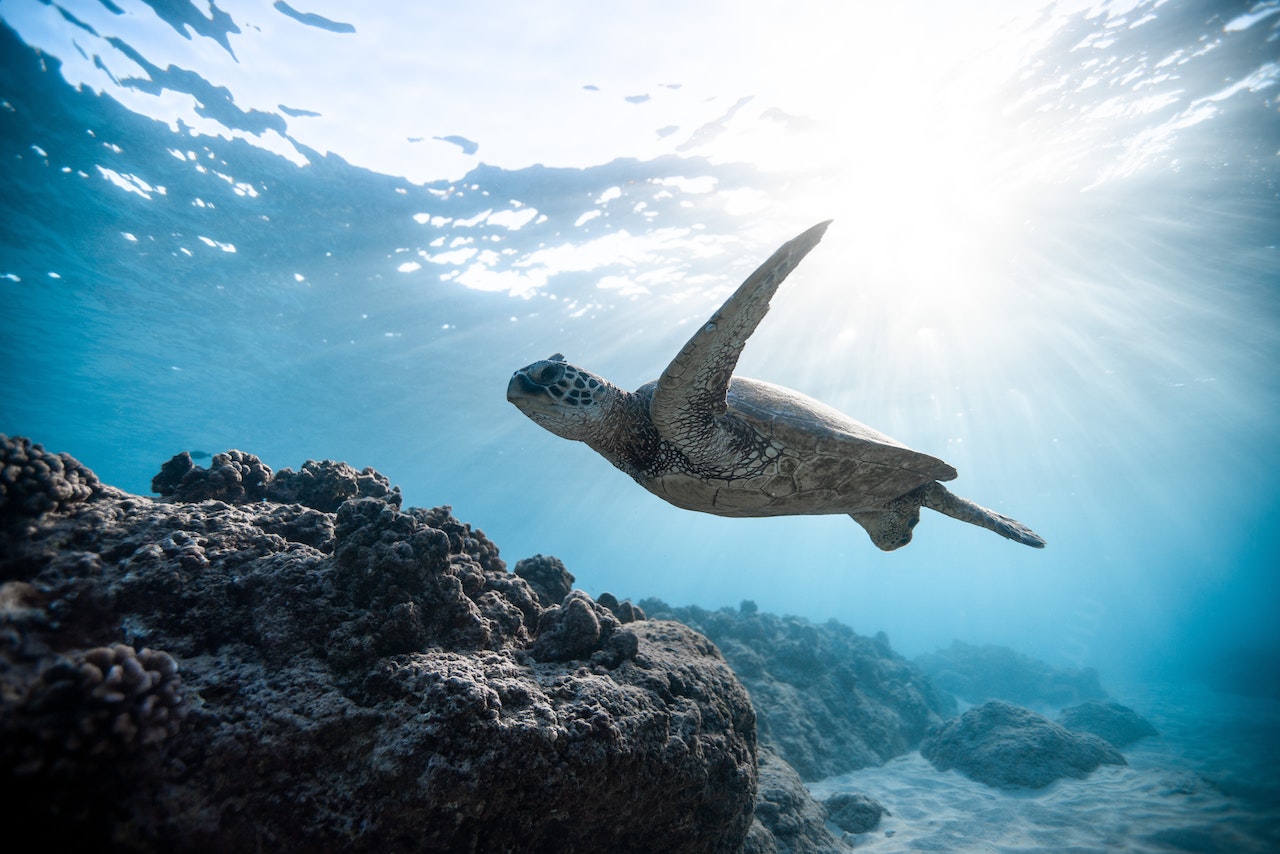1. Halt Climate Change
It is an arduous and near-impossible task, but stopping climate change and the warming of our planet is the only way to preserve our oceans. The US is back in with the Paris Agreement, but it also means that there’s a long road ahead for all members to reach carbon neutrality. China, Japan, and the UK have taken steps to reduce their carbon usage, which is a step in the right direction.
2. Real Commitment
Talking about carbon neutrality isn’t enough— there needs to be action taken to make the world better. This means that renewable energy sources such as fusion need to become more commonplace and technology needs to advance in order to help older energy sources become better for the planet. As such, we require next-generation battery solutions to help harness and store the renewable energy sources.
Marine infrastructure will need a major overhaul and investment to lighten the injustices we have done to our animals and oceans. This means working proactively to electrify ports and create low-emission vessels. This can help reduce emissions significantly while also helping oil spills become a nightmare of the past.
3. Cleaning Up The Blue Revolution
The 1950s green revolution of producing food on land at breakneck speeds is now reaching our oceans. In recent years, aquaculture has increased more than 1000%, and seeing as how sloppily the green revolution was executed, similar problems are surfacing with the blue revolution— genetic and chemical pollution as well as habitat destruction. Fortunately, it’s still possible to turn ocean farming into a lucrative venture while also respecting the species and places involved. It’s also possible to increase seafood sustainability thanks to cell-based and plant-based seafood.
The 2020 goal of protecting 10% of our ocean hasn’t been met. Is it possible to turn things around by 2030 to protect 30% of our oceans?
4. Protecting Our Oceans
Yellowstone and the Serengeti are two of the most important parks for preserving nature on land. We need to follow suit and create parks in our oceans, and that means aiming to protect at least 30% of our water by 2030. That means monitoring and deploying new technology to see how we harvest, use, and renew our oceans over time while managing the marine life we have at present.
5. Ocean Management
Even if we achieve protecting 30% of our oceans, this progress isn’t nearly enough to counteract the alarming rates at which human industry is growing in our oceans. This accelerated need for food growth needs save our seas smart protection because we weren’t able to responsibly do it all on land! For example, managing wild capture fisheries and zoning where marine industries are allowed to progress can halt our destruction of our most natural resource— the ocean, while allowing us to closely monitor and preserve the marine life that’s most affected! Some industries, such as ocean mining, should get eliminated altogether because it poses a major environmental threat; though as it stands, it’s still considered a staple in modern industry and no action has been taken to reduce its negative effects.
6. Governance Slipping Through The Cracks
Most of us own the ocean, two-thirds in fact, and as such, we all bear the responsibility of doing what we can to protect it. This even includes the ocean located in Antarctica. Unfortunately, governance cracks have only deepened over the years and instead of nations working together to actively find solutions to protecting biodiversity and equitably sharing resources, ignorance built up. A recently proposed UN Treaty that helps preserve biodiversity in Antarctica could become the breakthrough we all need while also allowing nations to work together to come up with fair as well as equitable solutions that protect international waters.
7. Reduce Plastic Pollution
Single-use plastics are the reasons that our oceans are polluted and they have become a cancer in the water. Not only should we work to create better and safer alternative solutions than single-use plastics, but when we do use them, consider how we can make them safer as well as more responsible to use for our environment. As our recycling process currently goes, much of the plastic leaks into our oceans and causes significant damage to biodiversity, but it is still possible for humanity to turn things around. The Paris Agreement also contains a lengthy section that can become the answer to the problem of ending plastic pollution and making the remaining plastic we own become a commodity and asset to our way of life.

